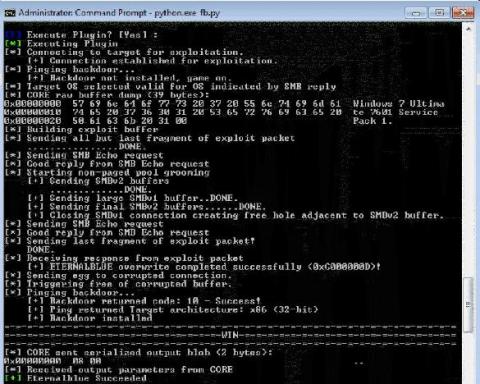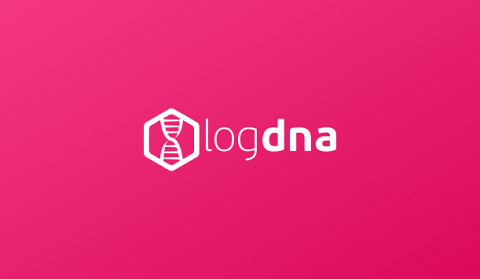Operations | Monitoring | ITSM | DevOps | Cloud
Logging
The latest News and Information on Log Management, Log Analytics and related technologies.
What the Cloud Native Revolution Means for Log Management
This was originally posted on The New Stack. Once upon a time, log management was relatively straightforward. The volume, types, and structures of logs were simple and manageable. However, over the past few years, all of this simplicity has gone out the window. Thanks to the shift toward cloud native technologies—such as loosely coupled services, microservices architectures, and technologies like containers and Kubernetes—the log management strategies of the past no longer suffice.
Data Will Keep Our Workplaces Healthier and More Productive - But There Must Be Trust and Transparency
In a post-pandemic world, we must use data in new ways. This in turn will require new discussions about, and practices creating, trust and transparency. The necessity of data and its benefits will be weighed against legitimate concerns of misuse of data.
Kubernetes observability tutorial: Metrics collection and analysis
This post is the second in our Kubernetes observability tutorial series, where we explore how you can monitor all aspects of your applications running in Kubernetes, including: We’ll cover using Elastic Observability to ingest and analyze container metrics in Kibana using the Metrics app and out-of-the-box dashboards.
Monitoring health information systems with HIPAA-compliant logs
As healthcare and life sciences organizations move to digitize their operations and automate their workflows, they are encountering new challenges related to HIPAA regulations, which dictate how patient information should be collected and stored.
Let's Dive In: JFrog Unified Platform and Splunk - John Peterson, Senior Partner Engineer, JFrog
Stretch Your Reach with Unified JFrog Data and Elastic
With 'Back to School' Planning Upon Us, It's All About the Data
It’s a mystery why the film community felt an iconic movie like “Grease” needed a reprise. But alas, “Grease 2” hit the big screen and ushered in new teen angst themes around bowling and the talent show.










